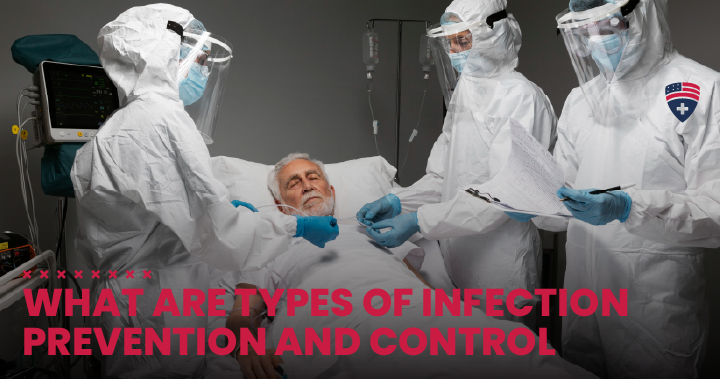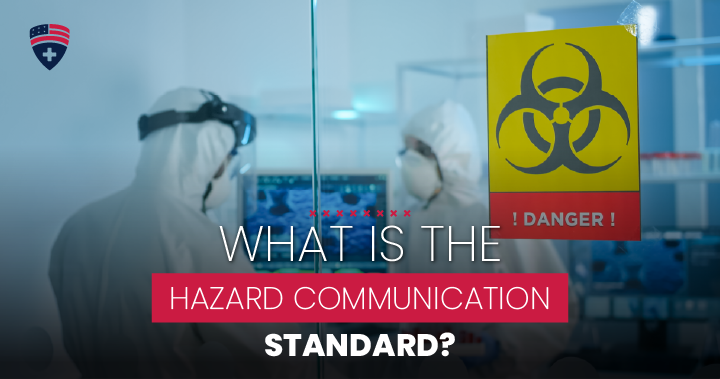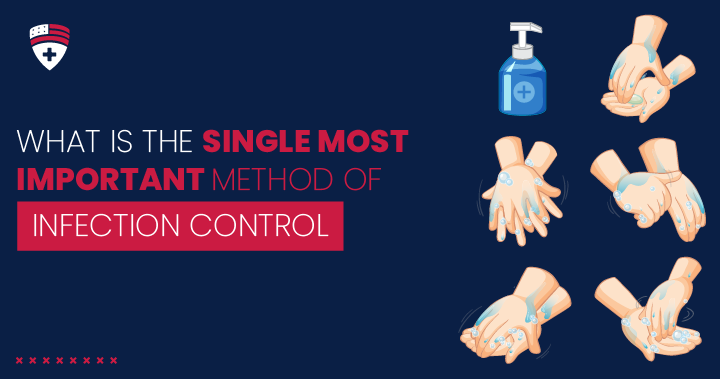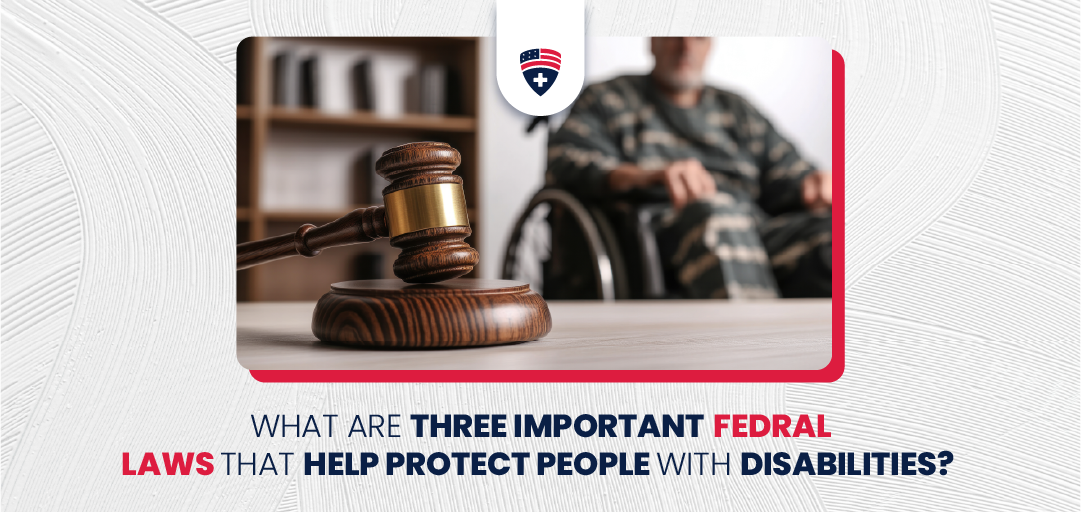
What are the 3 Main Types of Long Term Care Facilities?
Long-term care is crucial healthcare support for individuals requiring ongoing assistance. This assistance is needed due to illness, disability, or aging.
At American Healthcare Compliance, we provide training programs for long-term care compliance.
We also offer special training for Assisted Living Facilities to handle dementia. For further details, please reach out to us.
As our population ages, the demand for long term care facilities rises.
Rising acuity levels in long term care facilities refers to increasingly complex medical conditions. It’s essential to understand the types of long term care facilities.
One of the initial steps to figure out is: What are the 3 main types of long-term care facilities? So below we outline the three main types of long term care facilities.
Different places offer long-term care. Knowing about the 3 types of care helps you decide which is best for you or your family.
What are the 3 Main Types of Long Term Care Facilities?
When it comes to caring for older adults, there are three main types of places they can go to get help.
These are 3 facilities.
- Nursing Homes provide constant medical care.
- Assisted Living Facilities give a mix of freedom and support,
- Skilled Nursing Facilities specialize in advanced medical care and recovery.
Knowing these differences is important when deciding where someone should go for long-term care.
Read on to learn more about these facilities.
Nursing Homes
Nursing homes offer long-term care for seniors needing assistance with daily tasks and medical care.
Nursing homes provide personalized care in a supportive setting, and nursing facilities are staffed with only licensed healthcare professionals.
Services typically include help with bathing, dressing, medication management, and meals.
Additionally, Nursing homes offer social activities and therapy programs to boost well-being
Nursing homes provide round-the-clock supervision and access to medical resources. They aim to enhance residents’ quality of life while ensuring safety and comfort.
Families often choose nursing homes when their loved ones require specialized care that cannot be provided at home.
Services and Features:
- 24/7 medical care from trained professionals
- Assistance with daily activities such as bathing and dressing
- Regular monitoring of health status and management of medications.
- Social activities and therapy programs to grow residents’ well-being.
- Communal dining areas and shared living spaces for residents.
Assisted Living Facilities
Assisted living facilities are homes where older people or individuals who need some help with everyday tasks can live.
They’re for people who can’t do everything on their own but still want some freedom. These places offer support with daily tasks like bathing and taking medicine.
Staff are there 24/7 to make sure everyone is safe and comfortable. Residents usually have their rooms but can ask for help whenever needed.
The goal is to let people be independent while still giving them the support they need. Assisted living is different from nursing homes because it lets people do more on their while still having help available.
Services and Features:
- 24/7 staff availability for safety and support
- Assistance with specific ADLs, customized to each person’s requirements.
- Individual living spaces, like private rooms or apartments
- Social events and fun activities to connect with others in the community.
- Freedom for residents to stay independent while getting the help they need.
- Managing medications and keeping track of health regularly.
Skilled Nursing Facility

Skilled nursing facilities focus on advanced medical care and rehab services. This facility is perfect for recovering from surgery, illness, or complex medical needs.
Skilled nursing facilities serve both short-term rehab and long-term care options.
These places have skilled healthcare professionals who give intense medical attention. Services often include physical, occupational, and speech therapy.
The primary aim is to restore residents’ health and functionality. These facilities are essential for individuals requiring specialized medical care and rehabilitation.
Services and Features:
- Expert medical care from trained healthcare professionals.
- Intensive therapy like physical, occupational, and speech therapy.
- Round-the-clock help with daily tasks and assistance with ADLs.
- Options for short-term rehab or long-term care.
- Aimed at getting people healthy and back to normal.
Comparison Table
| Aspect | Nursing Home | Assisted Living Facilities | Skilled Nursing Facilities |
| Medical care | 24/7 medical care | 24/7 staff availability | Expert medical care |
| Independence | Limited due to constant medical care | More independence with assistance available as needed | Varied levels of independence with intense medical attention |
| Personalized care plans | Personalized care plans are provided | Customized assistance with specific activities of daily living | Personalized care plans with intense medical attention |
| Rehabilitation Services | Limited on-site by skilled therapists | Limited on-site rehabilitation services | Intensive therapy, aimed at restoring health |
| Living Space | Typically, shared living spaces with communal dining areas | Individual living spaces, like private rooms or apartments | Varies from shared to private rooms |
| Social Activities | Offered to boost well-being but may be limited | Social events and activities to connect with others | Activities may be available but there is less emphasis on social engagement |
Transition to Long-Term Care
Learning about long-term care means knowing the different places you can stay and figuring out which one is best for you. Transitioning to long-term care is a big deal, so you need to plan carefully and get help. Let’s take a closer look at some organized points
1.Emotionally and Mentally Prepare
Encourage transparent communication between persons and healthcare professionals. Have open discussions about the reasons behind the move to long-term care and highlight the potential advantages it can offer.
Offer emotional assistance through counseling or participation in support groups. Address any worries or anxieties surrounding the transition in a supportive manner.
2.Practical Considerations
Involve the individual and family in selecting a suitable facility. Consider location, services, and atmosphere.
Assist with packing and moving for a smooth transition and familiar environment.
3.Familiar with the Facility
Facilitate orientation to familiarize individuals with the facility’s design, and daily routines. Introduce them to other residents for social interaction.
Arrange meetings with the care team. Encourage open communication between staff and residents.
4.Maintaining Connection
Arrange regular visits, including virtual options, to maintain connections and provide ongoing support.
Encourage participation in facility activities to raise belonging and build new social connections.
5.Customizing Living Space
Allow residents to bring personal items to maintain their living spaces, creating a cozy atmosphere.
Help with arranging living spaces to raise comfort and familiarity.
6.Reviewing Care Plans
Review care plan with individual and family for a clear understanding of medical and personal needs.
Enable individuals to make choices about their daily routines, promoting independence.
7.Monitoring and Adjusting
Regularly assess individual well-being and adjust care plans as needed.
Encourage feedback from individuals and families for better care and communication.
Regulations and Standards in Long-Term Care

Ensuring that long term care facilities provide good quality and safe care involves following specific rules and standards. Knowing about these rules is important for people and their families when deciding on long-term care. Here’s a detailed look at some key points:
- Licensing and Certification
Facilities must possess the appropriate licenses and certifications to operate within the bounds of the law.
Regular checks by the authorities make sure they are following the rules.
- Staffing Requirements
There are rules about how many staff members must be there to make sure residents are well cared for.
These rules often say there must be enough qualified healthcare workers and support staff.
- Resident Rights and Protections
Residents have the right to be treated with respect, have privacy, and make their own decisions.
Rules also say how complaints should be handled and protect residents from being mistreated.
- Health and Safety Standards
Facilities must meet certain health and safety standards to keep residents safe.
Rules cover things like fire safety, and cleanliness, and stop infections from spreading.
- Medication Management
There are strict rules about how medicines should be stored, given to residents, and recorded.
Staff must receive training to handle medications safely and accurately.
- Care Planning and Documentation
Each resident must have a care plan that’s made just for them, based on their needs and wishes.
Keeping good records of the care given is important for being accountable.
- Training and Continuing Education
Staff must have training when they start and keep learning to stay up-to-date with the best ways to care for residents.
Training covers things like how to care for residents, what to do in emergencies, and ethics.
- Quality Assurance and Improvement
Facilities must have programs to make sure the care they give is of good quality.
They need to keep checking and improving to ensure residents get the best care possible.
- Financial Accountability
Facilities must be clear about their fees and how they bill residents.
Rules are in place to stop residents from being taken advantage of financially.
- Resident Assessment
Residents must thoroughly assess their physical, mental, and emotional health.
These assessments help create care plans that meet each resident’s needs.
What are the Key Legal and Ethical Considerations in Long-term Care Settings?
Ensuring proper care and respect for rights in long-term care is challenging due to many rules and moral dilemmas.
It’s important to understand and stick to these rules so that residents get the best care possible and are treated fairly.
Let’s divide this topic into simple points:
1.Resident Rights and Protections
Residents must thoroughly assess their physical, mental, and emotional health.
Protect residents’ privacy and keep their info confidential. Have rules to stop sharing info without permission.
2.Informed Consent
Residents should know about their health and treatment options before deciding. Caregivers must make sure residents understand everything before any treatment.
Respect the Resident’s choice to say no to treatment. Offer other options and explain what might happen if they refuse.
3.Advance Directives and End-of-Life Care
Encourage residents to create advance directives and honor their end-of-life care preferences. Provide emotional support to residents and their families.
4.Prevention of Abuse and Neglect
Residents have the right to be free from abuse, neglect, and exploitation. Long term care facilities must prevent abuse and neglect, ensuring residents’ safety. They have a legal and ethical obligation to respond to any harm.
5.Staff Training and Supervision
Facilities must ensure staff are well-trained in ethics, resident rights, and laws. Facilities need supervision and oversight to ensure staff follow ethical standards.
6.Legal and Regulatory Compliance
Ensure that long term care facilities comply with local, state, and federal regulations. Stay informed about any updates to laws and regulations to remain legally compliant.
Maintain accurate care documentation to support legal compliance and accountability.
7.Ethical Decision Making
Healthcare professionals in long-term care facilities must adhere to ethical principles. These principles guide their decisions regarding resident care. Staff should consult colleagues, supervisors, or ethics committees to resolve ethical dilemmas.
Long Term Facilities Near Me
The question “What Are The 3 Main Types of Long Term Care Facilities?” arises when people are in the process of selecting the ideal long-term care facility.
When you’re looking for a long-term facility nearby, it’s essential to keep a few things in mind. Here’s a simple step to help you find the right fit:
- Location Matters: Look for a facility that’s close to home. It’ll make it easier for you and your family to visit and stay connected.
- Quality Care is Key: Make sure the facility has a good reputation for taking care of its residents. Check reviews and ratings to see what others have to say.
- Services Offered: Think about what services you need. Whether it’s medical care, therapy, or activities, make sure the facility offers what you’re looking for.
- Staffing and Training: The people who work at the facility are important. Make sure they’re well-trained and qualified to take care of you or your loved one.
- Safety First: Look for a facility that’s clean and safe. Make sure they have measures in place to prevent accidents and keep residents healthy.
- Cost Considerations: Understand the costs involved and what your insurance covers. Compare prices and payment options to find something that fits your budget.
- Emotional Support: Moving to a new place can be tough. Look for a facility that offers support and helps residents adjust to their new home.
Costs and Money Matters
Understanding the money side of long-term care is crucial when choosing the right place. It helps people and their families decide if they can afford it and plan financially. Here’s a breakdown:
1.Overall Cost
Look at the full cost, including housing, food, medical care, and extra services.
Understand how costs are set whether everything is included or if you pay extra for certain services.
2.Insurance
Check how much of the long-term care costs are covered by health insurance.
Know that Medicare might only cover some services for a short time. See if you qualify for Medicaid, which can help if you have limited money.
3.Financial Help
Look into government programs that help with long-term care costs. Veterans and their spouses might get benefits to help with long-term care.
4.Private Insurance
Check what’s covered and what’s not in private long-term care insurance.
Understand the terms, rules, and limits of any existing long-term care insurance.
5.Personal Savings and Assets
Think about using your savings to pay for long-term care. Consider selling property or assets to cover the costs.
6.Payment Plans
Make sure you understand all the fees, including any hidden ones. Ask about different ways to pay or spread out the costs.
7.Future Costs
Think about how costs might go up in the future. See if the place offers fixed rates to avoid future cost increases.
8.Negotiation and Planning
Try to lower costs, especially for things not included in the standard package. Get advice from financial experts to plan for long-term care costs.
To Conclude
To sum up, what are the 3 main types of long term care facilities?
Knowing the three main types of long term care facilities is crucial for informed healthcare decisions. Each facility offers specific services matched to diverse care needs and medical necessities.
Transitioning to long-term care involves planning, and following the rules to get good care. It’s important to do these things to keep residents safe and treated well.
When choosing a facility, key factors like location, services, and emotional support are crucial for finding the right fit.
At American Healthcare Compliance, we know how vital it is to make informed choices when selecting long-term care. Additionally, we provide Dementia Training for Assisted Living Facilities.
As the need for long-term care grows, we’re dedicated to providing excellent healthcare support. Contact us now to discover our training solutions.
FAQs
What’s the difference between a nursing home and assisted living?
Nursing homes give constant medical care, while assisted living helps with daily tasks but allows more independence.
How can families prepare for long-term care emotionally and practically?
Families should talk openly, help choose a suitable facility, and assist with moving and settling in.
What services are in a skilled nursing facility?
Skilled nursing facilities provide advanced medical care, therapy, and help with daily tasks for those recovering from illness or surgery.
What kind of care is most long-term care?
Most long-term care mainly involves helping individuals with daily tasks like bathing, dressing, and taking medications, while also providing social support.
How many weeks in long-term care?
Long-term care typically lasts for an extended duration, ranging from several weeks to years, depending on the individual’s needs and circumstances.
What are some examples of settings where long-term care is provided?
long term care settings Examples include nursing homes, assisted living facilities, and skilled nursing facilities, where individuals receive ongoing assistance with daily tasks and medical care.
How can I find long term skilled nursing facilities near me?
Looking for a long-term skilled nursing facility nearby? Here’s what to keep in mind:
- Find one close by for easy visits.
- Check reviews and ratings for good care.
- Make sure they offer the right medical help.
- Ensure they’re trained and caring.
- Understand fees and payment options.










